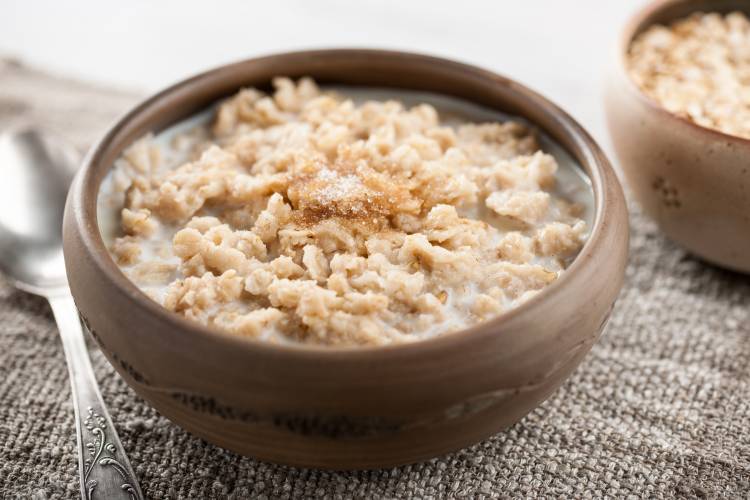Do you have cereals for breakfast?
Do you like to look after yourself? Healthy cereals can be part of a balanced diet. We show you how to recognise healthy cereals for your breakfasts.
TRIED AND TESTED
Share

In recent years, cereals have become demonised and considered to be of little health benefit, but remember that a balanced Mediterranean diet should include them daily, as cereals are a significant source of fibre and complex carbohydrates and they provide us with energy. All we need to do is find out how to choose the healthiest ones, how to combine them with other foods and when is the best time to consume them during the day.
Which cereals are healthy?
These are the healthiest cereals for breakfast and to provide energy for the whole day:
1. Whole rye. Is one of the best cereals. This cereal is most commonly found in the form of bread. Rye has a type of dietary fibre with very few calories, and it has much more fibre that whole wheat. It is rich in B group vitamins and folic acid and is ideal for purifying the blood and reducing the so-called “bad cholesterol”.
2. Buckwheat. Is rich in linoleic acid (omega 3), minerals such as iron and copper, vitamins B1, B2, B3, B5 and folic acid. It is famous, above all, for its high magnesium content, which is essential for the proper assimilation of calcium. Buckwheat also regulates glucose in the blood, and enables the reduction of bad cholesterol.
3. Oats. Is recommended for including in your breakfast accompanied, for example, by pieces of fruit. They are rich in vitamins and minerals that are good for the liver and the heart. They are very rich in fibre, therefore, they help with intestinal transit and prevent constipation. Oats are suitable for people with diabetes and they have a high protein index, which is perfect for regenerating tissue. You can find this cereal as flakes, bran or as a plant milk.

4. Barley. A breakfast of barley porridge with fruit or bread is a healthy breakfast. Barley is one of the best cereals for bad cholesterol. The healthiest way to eat it is as a wholegrain.
Differences between the types of cereals
- Whole grains
Whole grains are those which preserve the three parts of the grain: the bran, the germ and the endosperm. The bran is the “shell” of the grain and so, has a high fibre content which gives it a darker colour and gives the wholegrain a harder texture, while the endosperm is the part that has the greatest proportion of starch, and the germ is the central part of the grain. So whole grains are much richer in fibre than refined grains and, for this reason, they are ideal for weight loss diets. Some examples of whole grains are buckwheat, oats, oat flour, oat flakes, whole barley, whole rye, whole rice, millet and quinoa.
- Refined grains
Refined cereals are those that have lost almost all their germ and all the bran within the grain during industrial processing. This gives you a cereal that is high in starch, which is ideal for pastry baking, is white in colour and has a very fine texture. Some examples are wheat flour, wheat semolina, maize flour and white rice.






